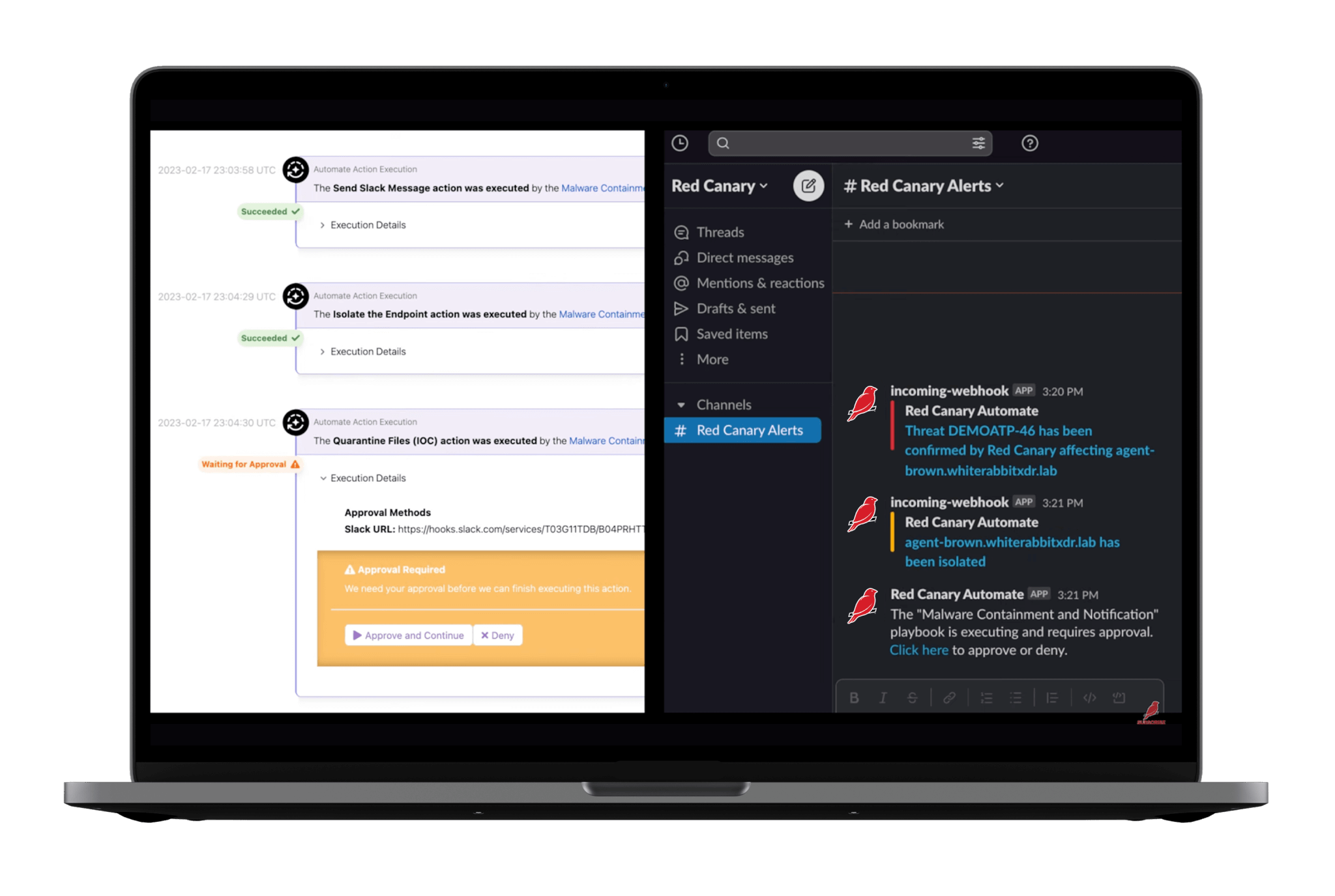For physicians and patients alike, electronic health records (EHRs) have simplified life. They keep test results, prescriptions, medical histories, and other crucial data in a digital format that is easy to access and distribute when required. However, there is a risk associated with this convenience. Cybercriminals are always trying to figure out how to steal or alter this private information. Hospitals risk patient records getting into the wrong hands if they don’t implement robust security measures. Keeping people safe is the main goal of protecting EHRs. Here are a few doable strategies hospitals can use to protect patient information and stop data breaches.
Limit Who Can Access Patient Records
Not all hospital staff members require access to every patient’s data. Only the records required for their jobs should be viewed by physicians, nurses, and administrative personnel. Role-based access control (RBAC) is one method for achieving this. This implies that depending on their position, different employees have varying degrees of access. Multi-factor authentication (MFA), which calls for a password in addition to an additional verification method, such as a code texted to a phone, is another crucial step. Additionally, hospitals should monitor who has access to their records and keep an eye out for any unusual activity. Data is safer when fewer people have access to it.
Encrypt Data to Keep It Secure
Encryption is similar to placing patient information in a locked box that can only be opened by the appropriate person. Hackers who steal encrypted data will be unable to read it until they figure out the encryption code. When patient records are being transferred between devices (in transit) and stored (at rest), hospitals should encrypt them. Secure encryption should be used, for instance, when a doctor sends a prescription to a pharmacy. It is considerably more difficult for cybercriminals to steal or misuse patient information when robust encryption techniques are used.
Use Cybersecurity Tools for Extra Protection
Hospitals require robust defenses because hackers are constantly coming up with new ways to access their systems. Threats can be prevented with the use of intrusion detection systems, firewalls, and antivirus software. In addition, managed detection and response solutions provide round-the-clock monitoring and quick response to any cyberattacks. These systems identify threats before they cause harm by utilizing artificial intelligence and security professionals. It takes more than just thwarting attacks to have a solid cybersecurity strategy. It all comes down to being prepared to act when something goes wrong. A hospital can do less harm the sooner it recognizes a threat.
Train Employees to Recognize Security Threats
Human error is the primary cause of many cyberattacks. A hospital staff member may unintentionally give patient information to the wrong person or click on a phony email link. Training is therefore equally as important as having high-quality security equipment. Employees should be trained to recognize phishing emails, create secure passwords, and adhere to security guidelines. Hospitals can even use phishing emails to test their staff members and see who is fooled. Hospital staff can better protect patient data if they are more knowledgeable about security threats.
Perform Regular Security Checks and Updates
It is not possible to set up a hospital’s cybersecurity plan once and forget it. As technology evolves, so do cyberthreats. Hospitals should conduct security audits and penetration tests on a regular basis to look for vulnerabilities in their systems. These tests assist in locating any potential entry points for hackers. Keeping all software and security tools up to date is also crucial. Older systems are frequently exploited by hackers to initiate attacks. Hospitals can ensure that their defenses are as robust as possible by keeping up with software updates and security checks.
